The year 2020 provided traffic researchers with a once-in-a-lifetime opportunity. Lockdowns and economic slowdowns caused by the COVID-19 pandemic substantially reduced traffic. Many gyms, fitness centers, and recreation facilities shut down, forcing people to exercise outdoors.
As a result, 2020 saw a 16% jump in cycling journeys across the U.S. Cyclists felt safer on the roads with reduced vehicle traffic. The use of dedicated bicycle routes also increased among commuters and recreational cyclists.
With the increase in ridership, most cities saw an increase in bicycle accidents. But one city, Arlington, VA, saw a drop in cycling deaths and injuries.
Here is some information about what researchers found when they studied this fascinating drop in fatal crashes.
Bicycle Infrastructure in Arlington, VA
Virginia provides three types of bikeways:
Roadways
Bicycles can use any roadway open to vehicular traffic with the exception of interstate freeways.
Roadways do not necessarily have lanes or paths dedicated to bicycle use. Where a roadway has a shoulder, Virginia permits bicycle riders to use it as a travel lane.
If the roadway does not have a shoulder, Virginia requires bicycles to stay as far to the right as possible, except when turning left.
Bike Lanes
A bike lane is a section of the roadway designated for use by bicycles. The roadway does not have physical barriers to separate cyclists from motorists. Instead, signs or pavement markings identify the bike lane.
Arlington has over 37 miles of on-street bike lanes. These bike lanes cover most of the major destinations in Arlington, including Metro stations and bus stops, government buildings, and neighborhoods.
Shared-Use Paths
A shared-use path separates motorists from non-motorized users such as pedestrians, cyclists, and skaters. The path is separated from roadways by open space or a physical barrier. Shared-use paths are usually safer than roadways and bike lanes because users only encounter motorized vehicles at crossings.
Arlington has over 50 miles of shared-use paths. The most popular path is the Mount Vernon Trail that runs along the Potomac River to Washington, D.C.
Biking in Arlington During 2020
In 2020, Arlington experienced a 4% increase in bicycle trips. The pandemic pushed ridership up among commuters and recreational users in Arlington.
Many of Arlington’s residents shifted to remote work during the shutdowns. Arlington’s 75% jump in bike trips at mid-day confirmed that remote workers used their lunch breaks to bike rather than hitting the gym.
Bike trips during the morning commute dropped off. But workers with non-traditional schedules increased their use of bikes for commuting throughout the rest of the day.
Cyclists shifted their bike trips from roadways and bike lanes to shared-use paths. Roadways and bike lanes saw a drop of 16% in ridership while the number of bikers using shared-use paths increased by 7%.
Bike Accidents During 2020
Although bike trips increased during 2020, Arlington saw no cyclist deaths. The rate of crashes between bikes and vehicles that caused injuries dropped from 2.74 crashes per 10,000 cyclists in 2019 to 1.98 crashes per 10,000 cyclists in 2020.
Researchers identified two factors that contributed to this reduction in crashes that resulted in deaths and injuries.
Fewer Morning Commuters
The pandemic forced many people to work from home. Essential workers who still needed to commute in the morning faced drastically lower traffic levels.
Most bicycle accidents happen during the morning rush hour. With fewer cars and fewer cyclists, Arlington had reduced risks for bike accidents.
Shift to Shared-Use Paths
During 2020, cyclists increased their use of shared-use paths and decreased their use of roadways and bike lanes. This was caused by an increase in recreational bikers who replaced their gym workout with cycling. It was also influenced by families biking together when schools shifted to remote classes.
Recreational bikers and families prefer shared-use paths because they separate bikers from motorists.
Can the Reduction in Bike Crashes Continue?
With traffic patterns and volumes returning to normal, the number of accidents could also return to normal. But Arlington has an advantage over most cities.
Arlington was already bike-friendly before the pandemic. Arlington residents might be able to continue using shared-use paths that previously helped reduce the accident rate. This will keep cyclists safe while providing them plenty of opportunities to ride.
See our benchmarking report or contact us for more information.




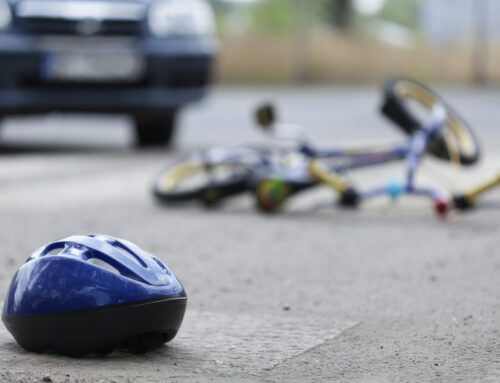



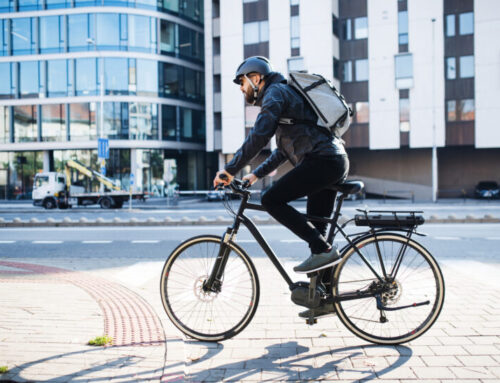







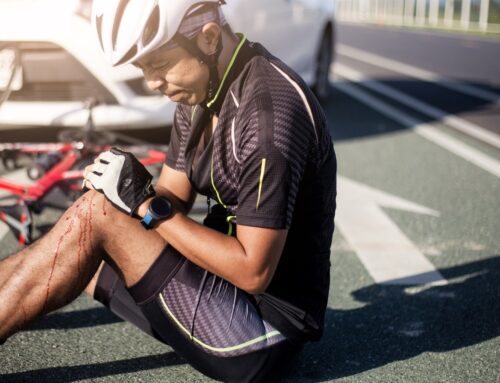








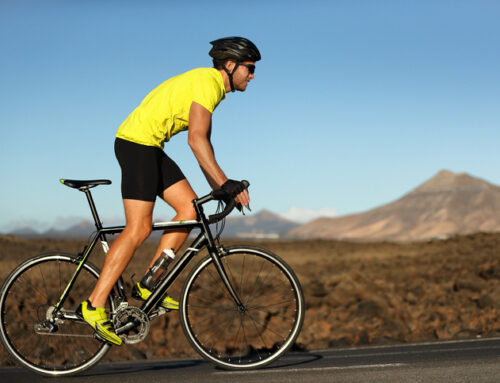
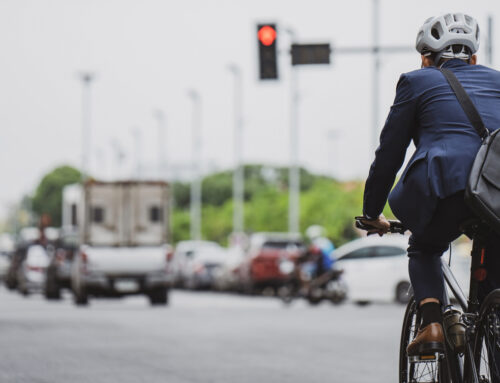
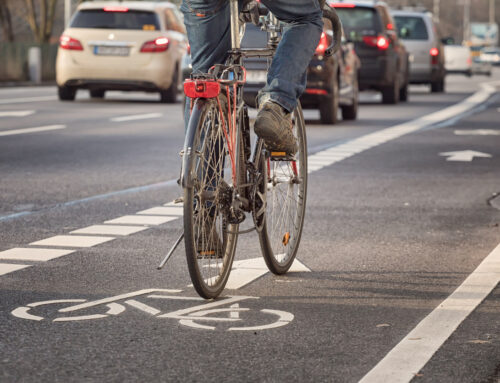
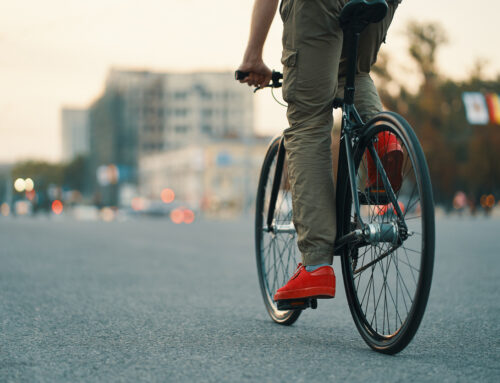

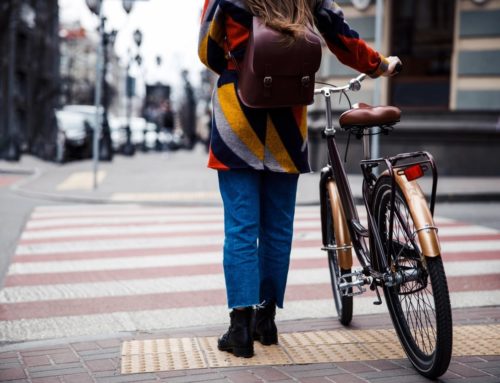




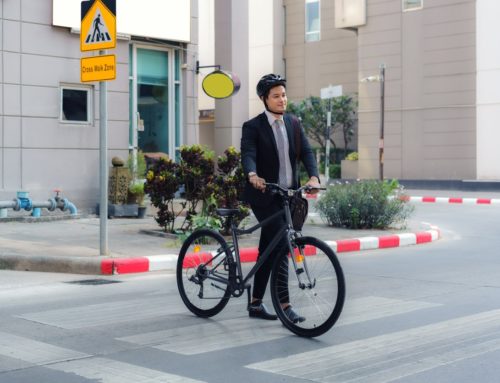


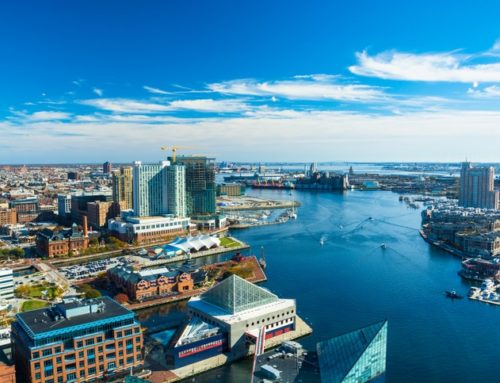



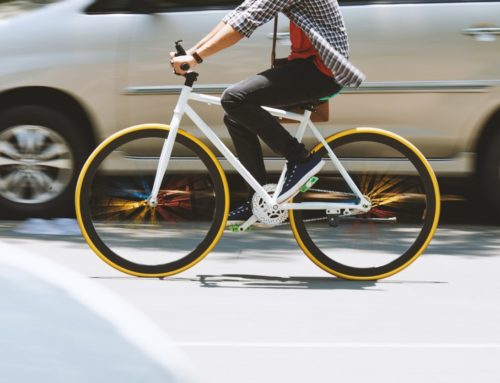
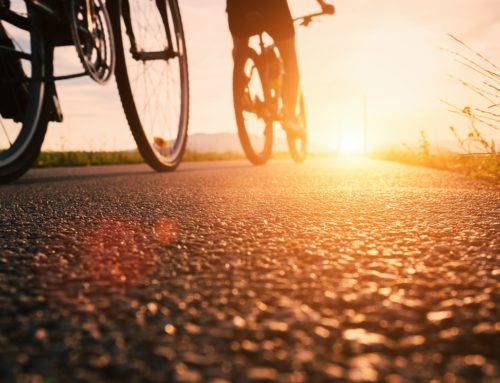



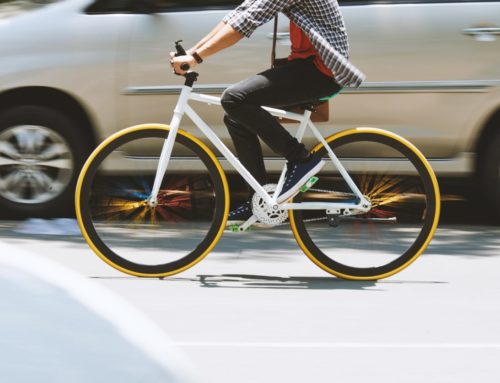
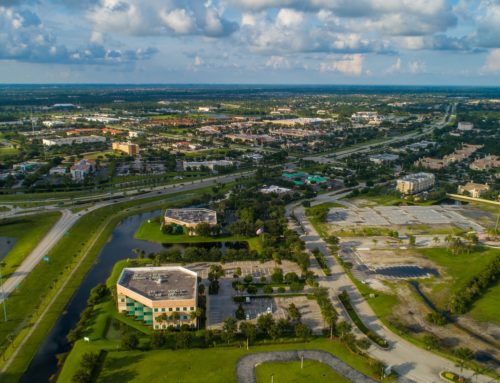



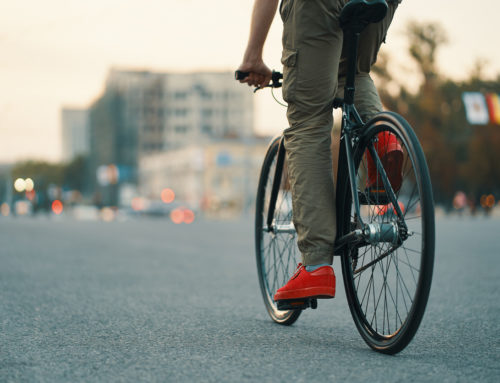


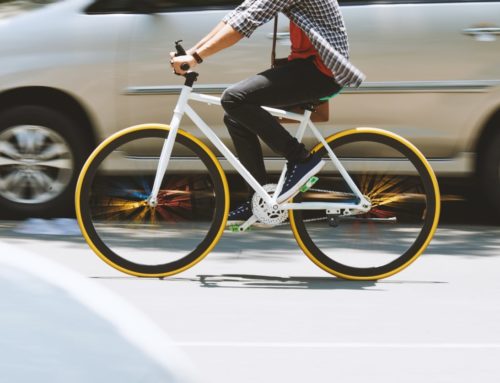
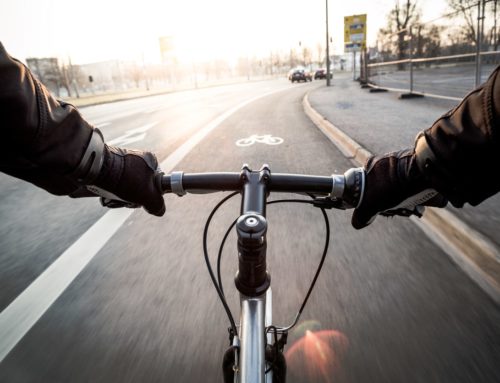
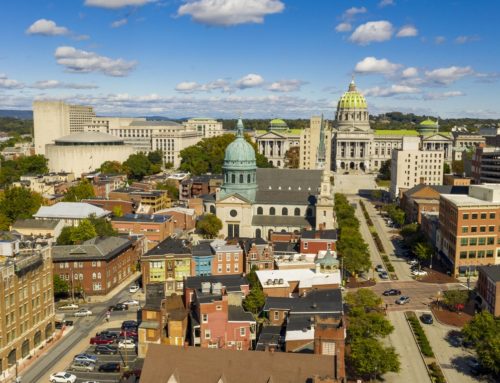
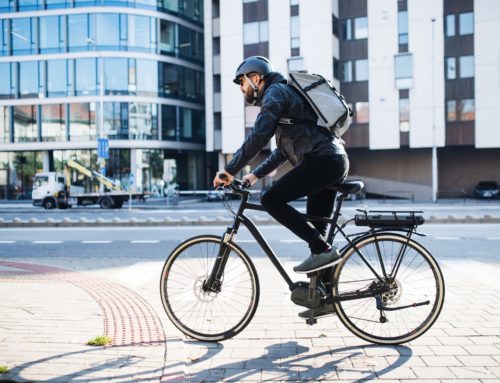


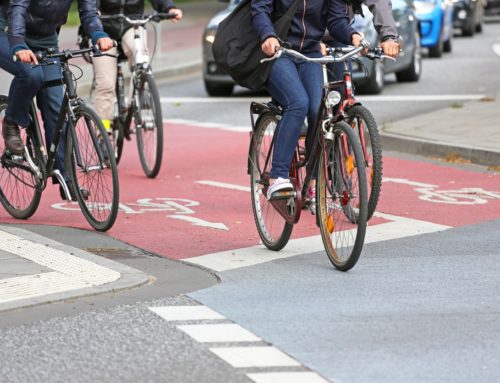
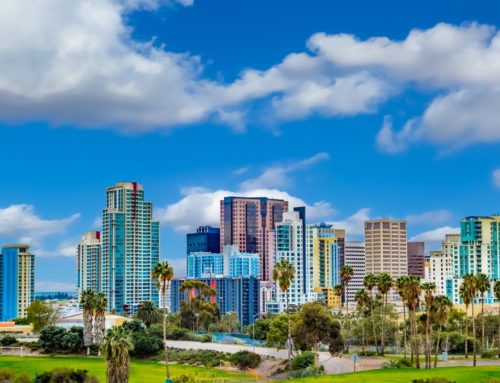

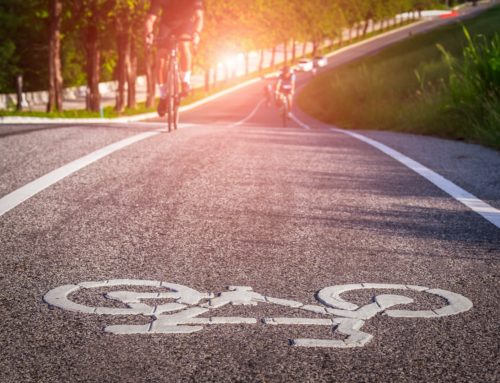












Leave A Comment